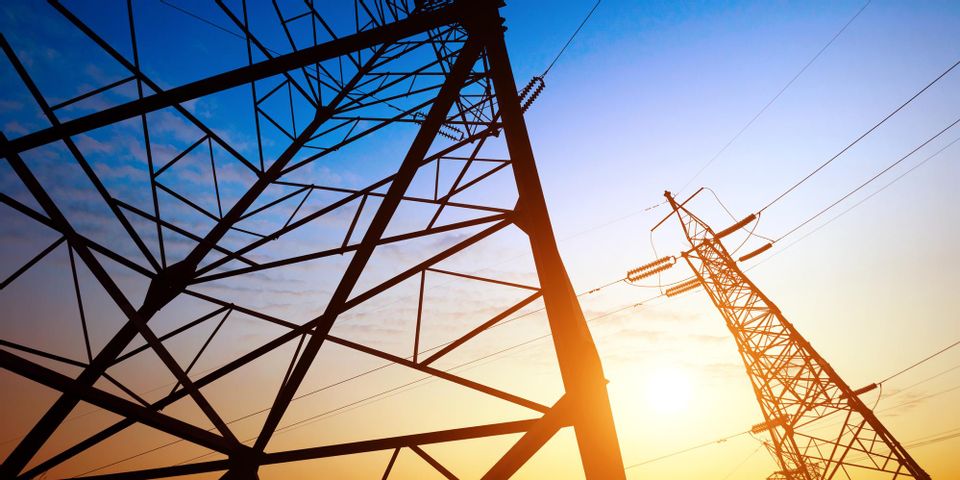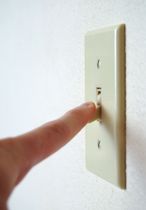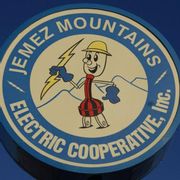How Does Electric Service Get From the Power Plant to Your Home?

These days, every family relies on electric service to get through their day-to-day life. From your laptop charger to your fridge’s power supply, a steady stream of electricity may be all that stands between convenience and chaos. So how does it reach your home from a power plant? The guide below explains.
Where Is Electricity Made?
All the electricity you rely on must first be produced at a power plant, which could be nearby or miles away from your home. While natural gas and coal are still the most often utilized generation sources, rising interest in the environment and renewable energy has helped advance the cause of solar, wind, and hydro plants.
 How Does It Get to My House?
How Does It Get to My House?
Once the energy is converted into electricity, it makes its way to transformers, machines that increase the voltage so it is strong enough to travel all the way to your outlets. To get there, it must snake through the electrical distribution system, which is made of thousands of miles of poles and wires. You’ve probably seen these cables when driving on the highway, or you may have some in front of your house.
Once the voltage moves through the power grid, it enters a transformer in the neighborhood, which lowers the voltage to a level your home can manage. On the way inside, it passes by an electric service meter, which allows the provider to see how much you’re using. Finally, the voltage heads to the service panel or breaker box in the home before spreading to your devices.
Interested in learning more about the unique path of electricity? Turn to Jemez Mountains Electric Cooperative, Inc. They are in charge of overseeing the distribution of electric service from power plants to your house. Unlike private-owned utilities, this Espanola, NM-based cooperative sets prices to benefit the consumers—not a sole business owner. To learn more about how they operate, visit the website or call (505) 753-2105 to schedule service.
About the Business
Have a question? Ask the experts!
Send your question

